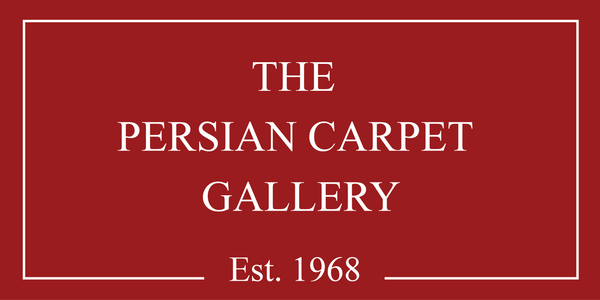The National Gallery of Art, Washington, D.C. The Medallion and Animal Rug
Medallion and Animal Carpet

Origin: North-West Persia, Mid-16th Century
Collection: National Gallery of Art, Washington, D.C.
Dimensions: 427 x 229 cm (168 x 90 in)
Weave: Persian knot, ~300,000 knots per sq. m. (~194 knots per sq. in.)
Materials: Wool warp, cotton weft, and wool pile
The Medallion and Animal Carpet stands as a remarkable example of Persian artistry from the Safavid period, renowned for its symmetrical design and intricate details. Woven in North-West Persia during the mid-16th century, this exquisite carpet represents the cultural and artistic zenith of its time.
A Masterpiece of Symmetry and Imagination
The carpet’s design features a striking central medallion, a hallmark of the Safavid period. This medallion is adorned with delicate cloud bands, lending a sense of movement and elegance to the composition. Surrounding the medallion are detailed depictions of animals, which combine the real and the mythical. For instance, the rug showcases creatures that are part deer, part dragon, blending natural forms with mythical imagination.
Floral and Arabesque Motifs
The design is further enriched by the presence of flowers and arabesques, which flow seamlessly throughout the rug, creating a harmonious balance between natural and geometric elements. The very wide border is a spectacle in itself, filled with intricate arabesques and floral patterns that frame the entire piece like an elaborate picture frame, elevating the overall grandeur.
Unparalleled Craftsmanship
The weaving technique exemplifies the precision and skill of Persian artisans. With approximately 300,000 Persian knots per square meter, the rug’s high knot density allowed for exceptional detail, especially in the depiction of animals and floral elements. This labor-intensive process showcases the dedication and expertise of the weavers, whose work remains unparalleled even centuries later.
A Symbol of the Safavid Era
The Safavid period (1501–1736) marked a golden age of Persian art, particularly in carpet weaving. This Medallion and Animal Carpet reflects not only the artistic sensibilities of the time but also the cultural significance of carpets as symbols of status and refinement. These rugs were often commissioned for royal courts or gifted as diplomatic treasures, solidifying Persia’s reputation as the pinnacle of textile artistry.
Cultural Legacy
Currently housed in the National Gallery of Art in Washington, D.C., this carpet continues to captivate art lovers and historians alike. It offers a window into a bygone era, where artistry and craftsmanship reached extraordinary heights.
